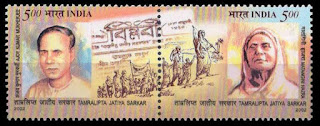The Golden Gate Bridge is a world-famous suspension bridge located in San Francisco, California, USA. It was opened on May 27, 1937, and has since become an iconic symbol of the city and a renowned engineering marvel.
Construction of the Golden Gate Bridge began in 1933 under the guidance of chief engineer Joseph B. Strauss and his team. The project faced numerous challenges, including treacherous weather conditions, strong tides, and the need to construct massive support structures in deep water.
The bridge spans the Golden Gate Strait, the entrance to the San Francisco Bay from the Pacific Ocean. It connects the city of San Francisco to Marin County and serves as a vital transportation link for commuters and tourists.
The Golden Gate Bridge measures approximately 1.7 miles (2.7 kilometers) in length and stands 746 feet (227 meters) tall. It features two towers that support the main suspension cables, which are anchored in concrete on each side of the strait. The bridge's distinctive reddish-orange color, known as "International Orange," was chosen to enhance its visibility in the foggy conditions often experienced in the area.
Since its opening, the Golden Gate Bridge has attracted millions of visitors from around the world who come to admire its beauty and engineering prowess. It offers stunning panoramic views of the San Francisco Bay, the city skyline, and the Pacific Ocean.
The bridge has also gained recognition as an architectural and engineering masterpiece. Its innovative design, including the use of lightweight materials and advanced construction techniques, revolutionized bridge-building practices.
The Golden Gate Bridge continues to serve as a vital transportation artery, carrying vehicles, bicycles, and pedestrians between San Francisco and Marin County. It has also become a popular site for recreational activities, such as walking, cycling, and photography.
Over the years, the Golden Gate Bridge has undergone several retrofitting and maintenance projects to ensure its structural integrity and safety. It remains an enduring symbol of San Francisco and an iconic landmark recognized worldwide.









